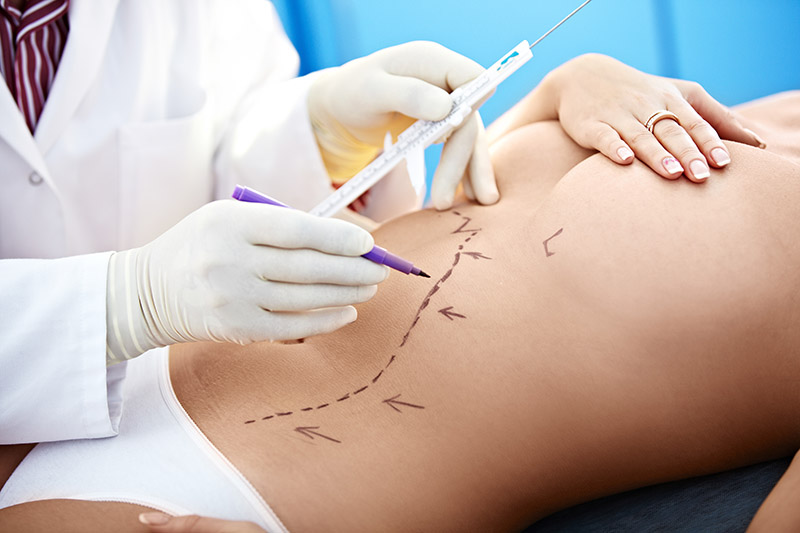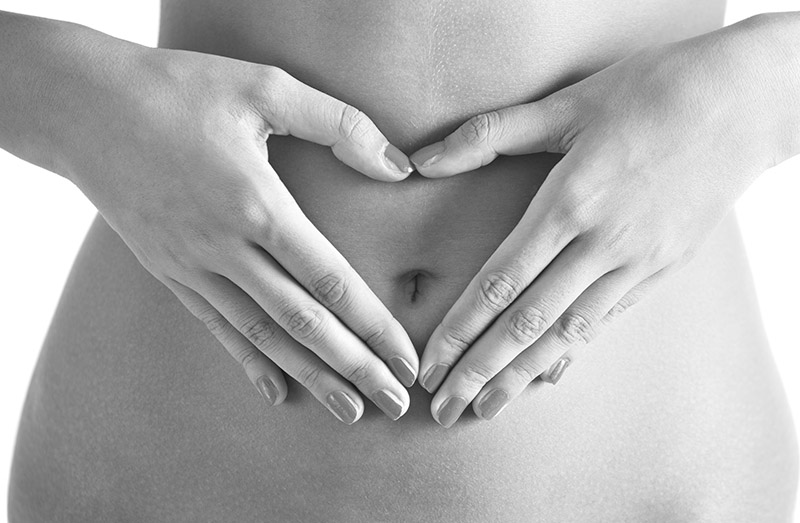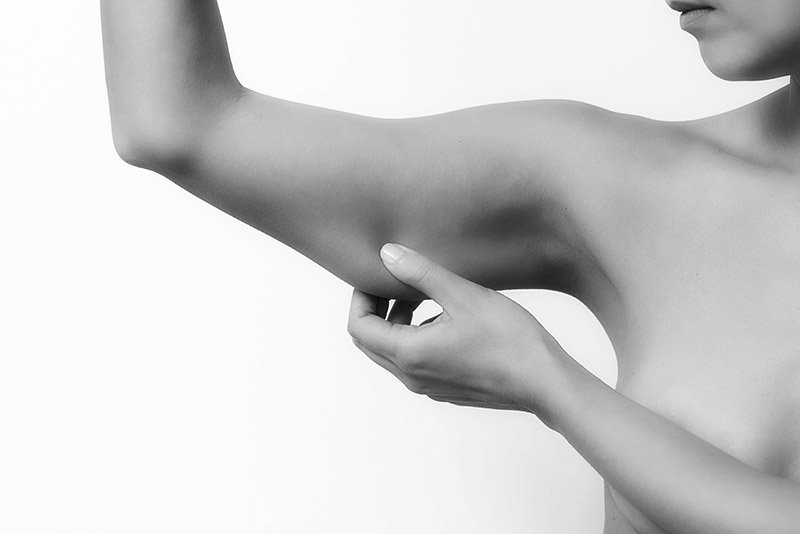PRP
For some, the decision is prompted by the need to repair damage caused by trauma, birth defects, and/or the aging process. For others, the decision is to improve their personal appearance and well being. In either situation, Platelet Rich Plasma (PRP) enriched with growth factors is one tool used by surgeons to help improve surgical outcomes.
(PRP) is made from a small sample of your own blood (approximately 20 cc.). The process concentrates the platelets found in the blood sample. These concentrated platelets contain huge reservoirs of growth and wound healing factors. Growth and wound healing factors are natural components of your body. Clinical data has shown that growth and wound healing factors enhance and accelerate your body’s normal healing process.
The use of (PRP) is now readily accessible to all segments of the medical profession. Benefits of PRP include the reduction of bleeding and bruising, decreased inflammation and swelling, enhanced wound closure, accelerated bone growth, and reduction of overall healing times.
This pamphlet summarizes the benefits of Platelet Rich Plasma (PRP) and why PRP is revolutionizing many surgical procedures.
HOW LONG HAS PRP BEEN USED?
PRP has been used clinically for over a decade. Leading clinicians in specialties such as dental, ENT, Facial Plastic & Reconstructive Surgery, Orthopedics, Cardiovascular, Plastic Surgery and Wound Healing routinely use PRP to deliver a cocktail of natural bioactive growth factors.
HOW COULD PRP BE USED FOR MY SURGERY?
The use of PRP varies from procedure to procedure. PRP is generally applied topically to the wound site. It can he used to control bleeding in applications such as cardiovascular and orthopedics. PRP is often applied to bone grafts and soft tissue graphs to stabilize the graft material. PRP is used to help fixate bone grafts as well as accelerate bone growth in orthopedic and dental procedures. PRP is also used to seal wounds and accelerate soft tissue healing in facial plastic and cosmetic surgeries.
WHY IS PRP (ENRICHED WITH GROWTH FACTORS) PREFERRED OVER OTHER PRODUCTS OR METHODS?
PRP is the only available product that contains elevated levels of all your natural occurring growth factors. These growth factors are maintained in precisely the same ratios found circulating in your body. Although recombinant products are available, these products are usually synthetic derivatives of a single growth factor. Fibrin glues are another product available to the physician. However, the fibrin glues currently marketed do not contain any growth factors and are virally inactivated derivatives of blood components drawn from other donors.
IS PRP SAFE?
PRP is derived from a small quantity of your own blood drawn at the time of surgery The PRP is made point-of-care at the time of surgery and under physicians control. Also, since the PRP is made from your own blood, it is insulated against the risk of disease transmission.
WHO MAKES PRP? Historically, the production of PRP at the time of surgery was complex, time consuming, expensive, and required large blood volumes. The process often involved outside personnel and a transfusion of blood products. The recent introduction of small automated, office based PRP systems makes the benefits of PRP practical in the office and outpatient setting. Now, your surgeon or nurse can prepare PRP in parallel with the surgical procedure.
HOW IS PRP MADE?
The surgeon draws approximately 50cc of your blood at the time of surgery. The blood is placed in a specialized centrifuge that spins and automatically separates the red blood cells from the plasma. The plasma is then further centrifuged to concentrate the autologous platelets and hence your natural growth factors. The PRP is then available for your surgeon to use as needed. The entire process takes less than 5 minutes and adds no extra time to the surgical procedure.
WHAT IS PLATELET RICH PLASMA (PRP)?
Platelet Rich Plasma (PRP) is composed of platelets and plasma. Platelets are tiny cells that are partially responsible for causing blood to clot. Platelets also contain large reservoirs of natural growth factors. While a normal concentration of platelet circulating in your blood is 200,000 per micro liter, the platelet count in PRP can exceed 2 million platelets per micro liter.
WHAT ARE GROWTH FACTORS?
Platelets contain potent growth factors necessary to begin tissue repair and regeneration at the wound site. Growth factors derived from platelets initiate connective tissue healing, bone regeneration and repair, promote development of new blood vessels, and stimulate the wound healing process.
IS PRP FOR YOU?
The use of PRP enriched with growth factors is considered by many to be a “new frontier” of clinical therapy. Since PRP can he used in so many types of procedures and for so many types of patients, you should discuss your specific surgery with your doctor.









